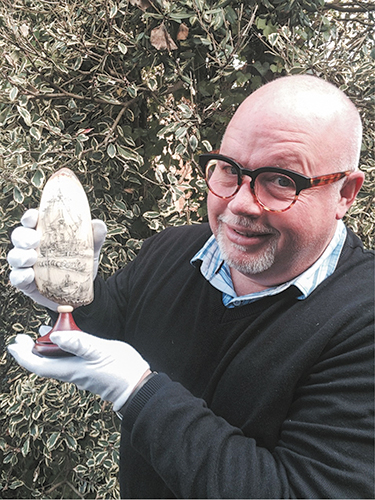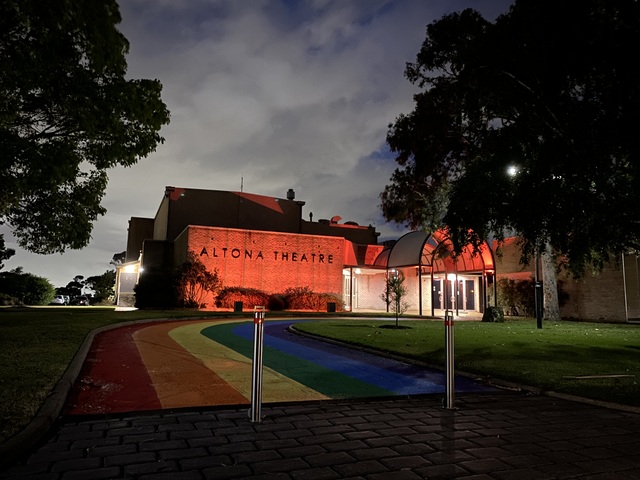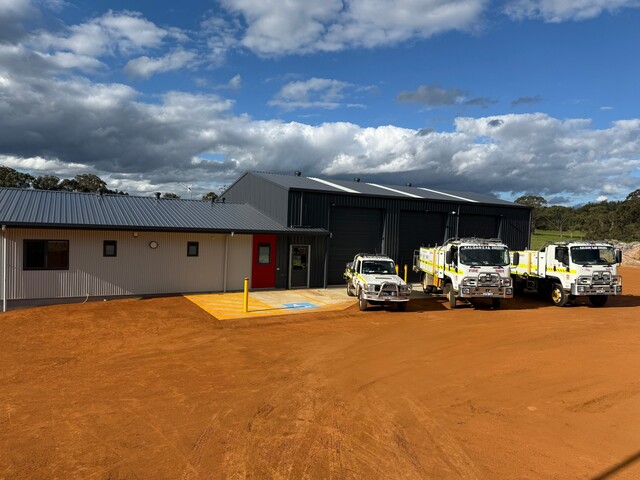Glenelg Shire Council in southwest Victoria presides over a vast collection of historical artefacts – but maintaining it presents a challenge.
It is 1834 and the first permanent European settlement has been established in southwest Victoria, bringing with it new art, objects and information into the region.
Fast-forward to 2017 and these significant artefacts are still being preserved, forming a remarkable public art collection that is unlike any other in the state.
This collection, known as the Cultural Collection, is maintained and presented by the Glenelg Shire Council on behalf of the community.
The collection contains over 10,000 historical items and is currently estimated to be worth over $6 million.
Exhibitions of the collection are regularly held at locations across the Shire, helping to facilitate ongoing understanding of and connection to the region’s history, environment and people.
The unique collection contains hundreds of quirky objects, photographs and records relating to the social, maritime and civic history of the Shire, some of which are of state-wide and national significance.
Iconic pieces include the Henty Plough, used by the Henty brothers in 1834, and two magnificent oil paintings by Thomas Clark of Muntham Station and Portland Bay.
However this vast and disparate collection poses many challenges for Council, especially in terms of asset management.
Finding a location to house the entirety of the collection is near impossible, with pieces requiring different storage spaces and preservation requirements.
Aspects of the collection are housed and displayed within Portland’s History House and the award winning Portland Maritime Discovery Centre, and the primary storage areas are the Portland Drill Hall, the Portland Arts Centre and the Glenelg Shire Council Civic Offices.
These sites have a range of storage and display facilities and offer a variety of other services, such as visitor information, genealogical research and performing arts.
As the collection continues to expand, housing solutions continue to be explored.
Elements of the collection, such as photographs and letters, are becoming digitised and purpose-built storage rooms are also being considered to help preserve the wonders of the region’s past for future generations.








